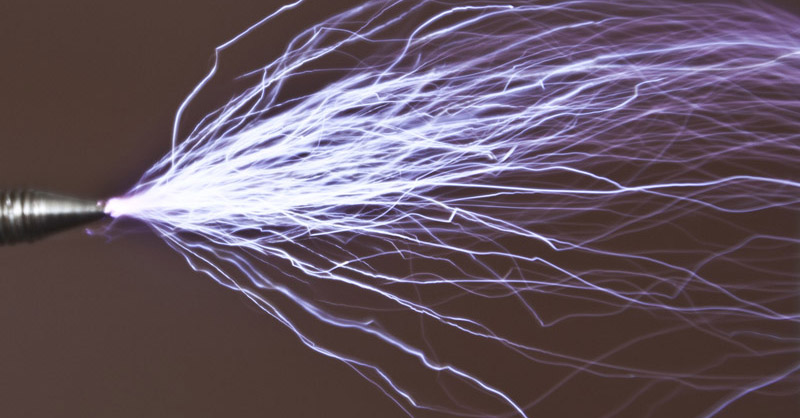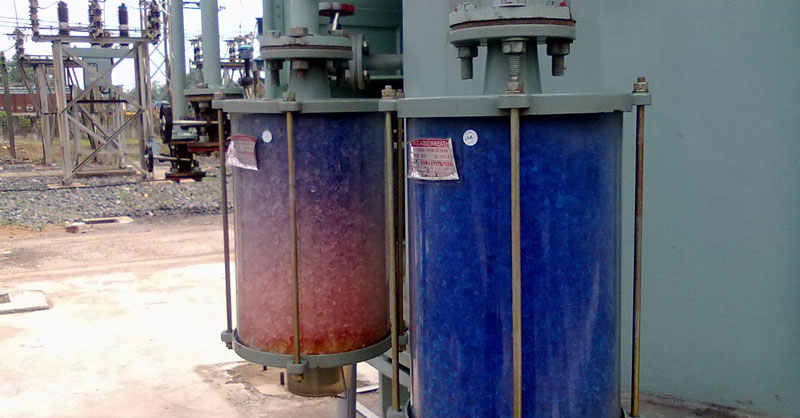Qualitrol T&D World Article- Key Benefits of Smart Breathers
Is Hydrogen the Best Transformer Fault Indicator?
Partial Discharge in Transformers & GIS

Partial discharge in large electrical machines such as power transformers and gas-insulated switchgear is a leading indicator that a fault is going to occur, and immediate action needs to be taken. More often than not, a transformer and gas-insulated switchgear (GIS) failure is an economic disaster. Most of the time, the economic impact comes from the replacement costs, including penalties, SF6 environmental impacts, and downtime.
Looking at partial discharge data and interpreting that data accurately requires experience and knowledge that some organizations don’t have internally. That’s why having the right monitoring system, building the skill set, or relying on a third party to interpret that data is such a hot topic.
Enabling plant managers, electrical engineers, or substation managers to have the confidence to make informed strategic decisions regarding the timely maintenance of their machines is why partial discharge monitoring is so important.
What is Partial Discharge?
The definition of partial discharge can be described as small electrical sparks that occur in air voids within power transformer windings.
Since gas-insulated switchgear (GIS) is filled with SF6 gas as insulation, partial discharge can be caused by floating particles, loose or broken components, such as a piece of metal shaving that gets too close to a conductor.
Partial discharge can occur in different types of medium, whether it be in a solid, gas, or liquid. In addition, partial discharge voltage varies depending on the insulation material. Generally, partial discharge can occur at voltages higher than 5kV.
Partial Discharge Monitoring Options
There are two options for monitoring partial discharge:
- Online Partial Discharge Monitoring
- Offline Partial Discharge Monitoring
Online partial discharge monitoring allows constant monitoring of the power transformer or gas insulated switchgear while it’s operating. This allows maintenance and operations to receive partial discharge data in real time.
Offline partial discharge monitoring is testing that occurs when the power transformer or gas insulated switchgear (GIS) is taken offline during a scheduled outage or normal maintenance cycle.
 | abc | Types of PD Monitoring TechnologiesThere are many known technologies to monitor partial discharge today. Acoustic, Dissolved Gas Analysis (DGA) and Ultra High Frequency technology (UHF) are the most commonly used methods. The most accurate technology for measuring partial discharge is Ultra High Frequency technology (UHF). UHF technology has excellent interference immunity and a sensitivity higher than any other kind of partial discharge measurement e.g., Dissolved Gas Analysis, acoustic or conventional measurements. Immediate detection of partial discharge (earlier than DGA) makes it ideal for online monitoring. |
Partial Discharge Test Reports – Making Decisions and Impacting your Maintenance Strategy
Accurate interpretation of partial discharge data is essential to maintenance planning. These asset condition reports can provide insightful decision making on what assets to maintenance first, or when to take a machine offline to prevent a failure.
If partial discharge data interpretation isn’t a skillset that someone has on your team, Qualitrol’s Xpert Services team of highly experienced, PD specialists can help analyze PD data from the QPDM and provide reports and recommendations. Support is also available on system installation and testing.
Today’s the day – Up Your Partial Discharge Game and
Get Your PD Solution Now!

